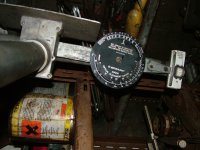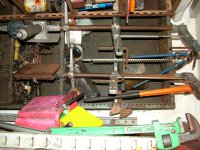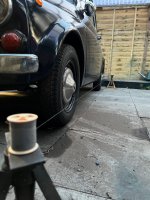I’m playing with the suspension geometry and whilst the front makes sense I’m struggling to understand the terminology/numbers as referenced in the Fiat workshop manual. I’ve attached some pictures below which show what I’d like explained in simple terms if anyone can help?
Also, the mountings for the rear arms that are held with three bolts, they are slotted and having been removed they are currently fitted just where they landed with no attention to the actual position, is there possibly a rule of thumb as to where I might start with them or is it just a case of adjusting them when dialling in the geometry?
As you might realise, I’m not much good at suspension geometry and related numbers so if possible it’s best kept to simplest terminology


Also, the mountings for the rear arms that are held with three bolts, they are slotted and having been removed they are currently fitted just where they landed with no attention to the actual position, is there possibly a rule of thumb as to where I might start with them or is it just a case of adjusting them when dialling in the geometry?
As you might realise, I’m not much good at suspension geometry and related numbers so if possible it’s best kept to simplest terminology




